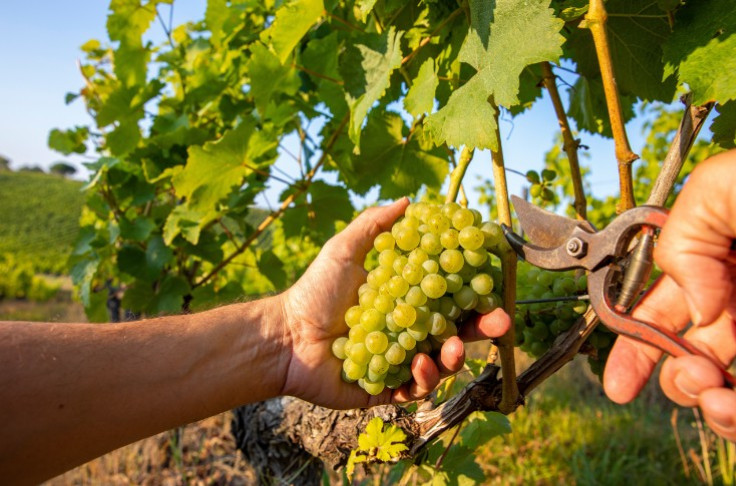High native yeast populations across French vineyards due to hot vintage

n August 29, Excell laboratories counted an average 8.71 x 106 colony-forming units (CFU) of native yeast per ml of grape juice analysed after samples were collected in a number of French wine regions. That’s the highest level since 2021 with particularly high population levels observed in wine regions where harvesting began earliest such as Alsace, Champagne and the Loire Valley. It also makes Saccharomyces cerevisiae’s task even harder in a hot vintage where it is already busy transforming high sugar content.
To make matters worse, the laboratory points out that in areas where yeast populations are significant, “they are invariably dominated by Hanseniaspora uvarum which has been boosted by climate change and is renowned for its ability to compete with Saccharomyces cerevisiae, to combine SO2 and to increase volatile acidity in the wines”.
As soon as concentration exceeds 105 cells/ml of must, Excell’s managing director Vincent Renouf recommends treating with sulphite, using biological protection or yeast creams from the vineyard “to give the upper hand back to fermentation yeasts that were already accustomed to competing with Hanseniaspora uvarum in grapes”. He also advises that winemakers aim for the upper range of active dry yeast inoculation, “closer to 30 or 40g/hl than 15g/hl”. Adding oxygen at the start of alcoholic fermentation is also useful in helping Saccharomyces cerevisiae to synthesise sterols and improve resistance to alcohol.






